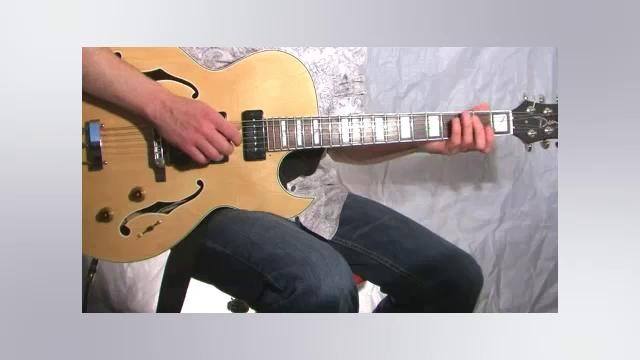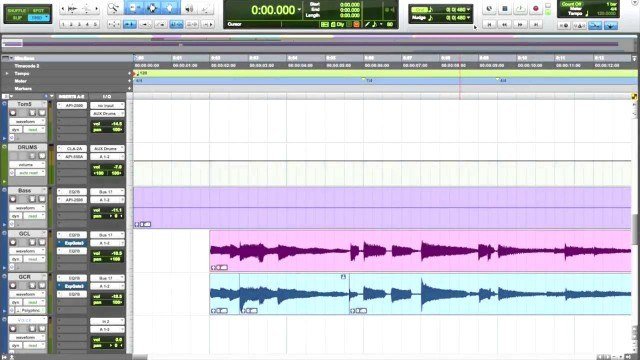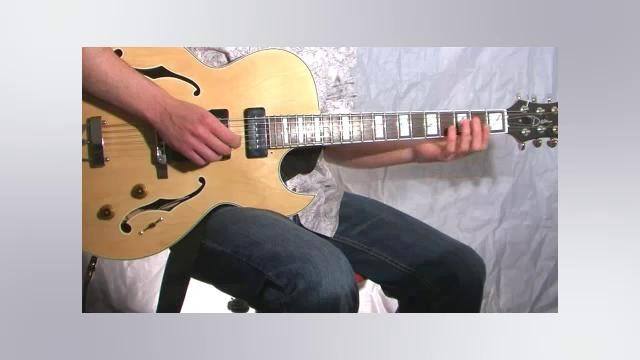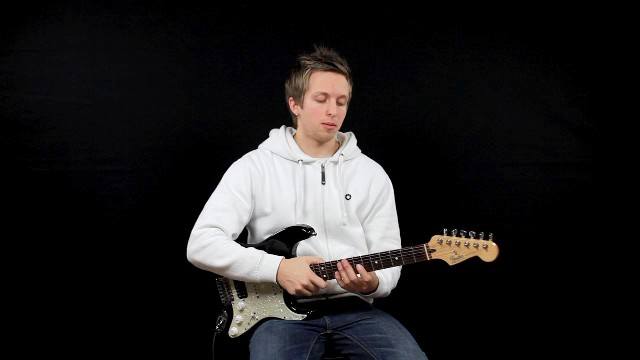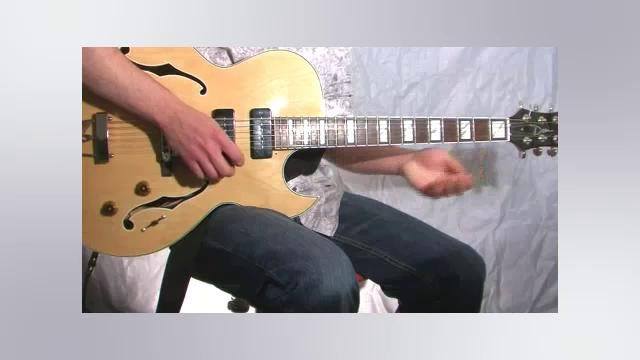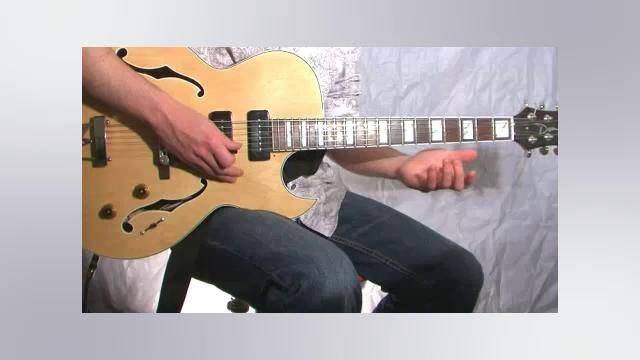In the harmonized natural minor scale, the I, IV, and V chord are minor. For practical purposes, the V chord is usually played as a dominant chord. This is here to help give us a stronger sense of resolution or pull to the I chord. The bIII and bVI chord are major. The ii chord is a minor 7b5 and the VII chord is a dominant. The number of notes in a chord don't affect its function in the harmonized scale. Any of these chords could be a triad, 7th, 9th, 11th or 13th chord. Triads are usually used in folk, funk, pop, and rock styles. 7th chords and 4 note chords are also used in rock music but more commonly used in jazz music
(NOTE: Please make note of the Bb in the key signature. That Bb is included in all of the B notes of the chords in the harmonized minor scale)
 |
The Harmonized harmonic minor scale gives us some unusual chords. The Maj7#5 and the minor #7. The Maj7#5 is not used very often, but the Min #7 does come up from time to time. This scale produces two major chords (bIII and bVI), two minor chords (i and iv), one half-diminished (ii), one fully diminished (vii) and one dominant 7th (V)
(NOTE: For this harmonization, disregard the Bb in the key signature as there is no flat 7th in the harmonic minor scale, so all the chords are written out as is)
 |
Tune in for part 3 where we will be going over both the melodic minor scale and the composite minor scale.



















